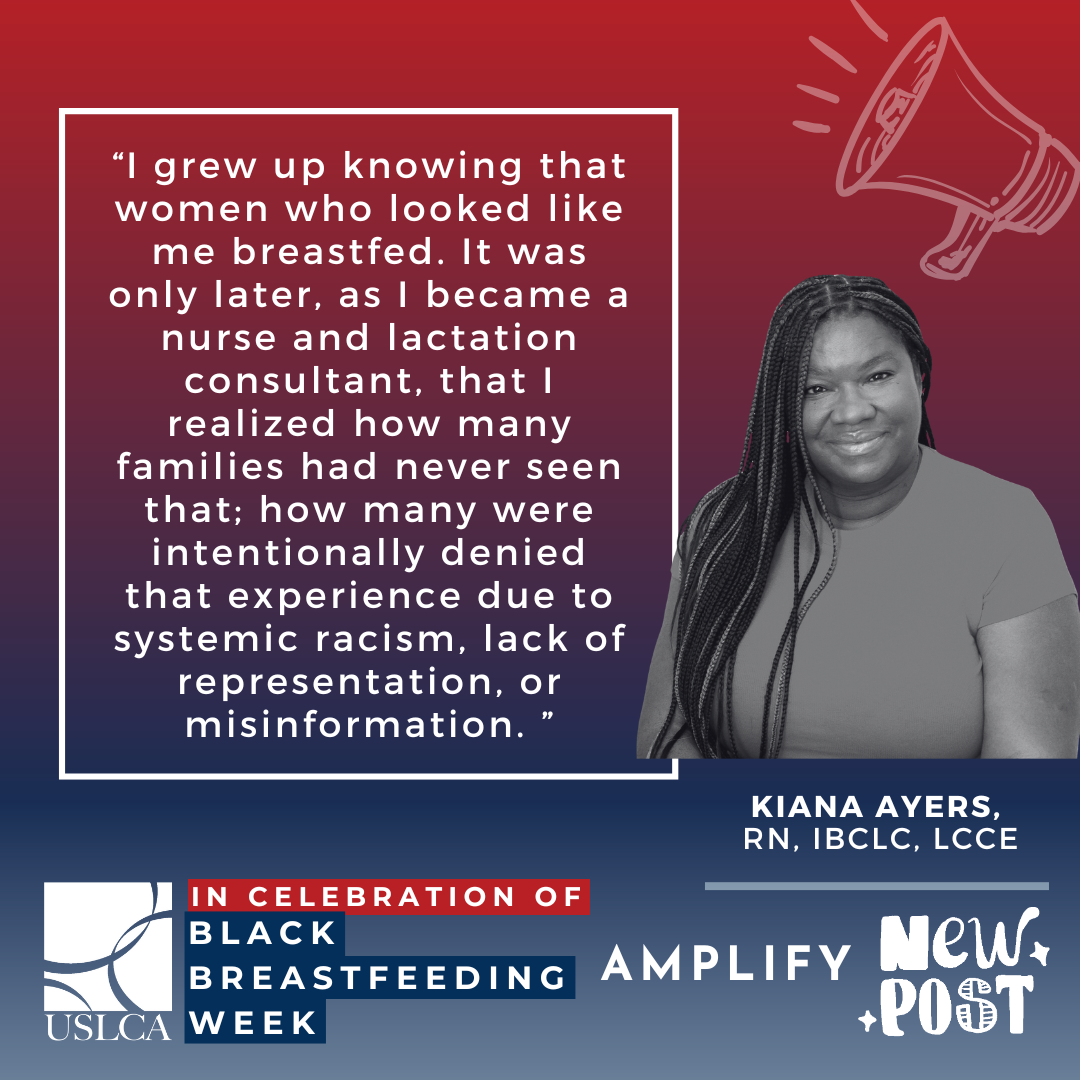By Jennie Toland, BSN, RN, CLC
 Let’s start with a simple exercise by holding five fingers up. Now, if any of the following sentences resonant with you regardless of how minor it may be, please put a finger down. Put a finger down if you have ever been harassed. Put a finger down if you have ever felt unsafe in a room with someone. Put a finger down if you have ever witnessed some form of violence. Put a finger down if you have ever experienced an event that negatively altered your response to something or someone. Put a finger down if you have ever feared for your life. If I had to guess, the majority of people reading this will not make it to the end with five fingers still up. It is an unfortunate reality in the United States is trauma is not an uncommon experience. According to a national survey, approximately half of women in the United States will experience at least one traumatic event (Vogt, 2007). It is estimated 1 in 7 women have been stalked, 1 in 4 women have experienced intimate partner violence, and 1 in 5 women have been raped in their lifetime (NCADV, 2020). Many women have experienced some form of birth trauma despite efforts in prioritizing patient-centered care. It should be noted that the pandemic has created additional variables surrounding birth such as visitor limitations and isolation practices. The cumulative risk of these statistics makes it extremely likely that the families receiving lactation services have been touched by trauma in one form or another. Our responsibility to understand trauma informed practices should be similar to our responsibility to practice ethically.
Let’s start with a simple exercise by holding five fingers up. Now, if any of the following sentences resonant with you regardless of how minor it may be, please put a finger down. Put a finger down if you have ever been harassed. Put a finger down if you have ever felt unsafe in a room with someone. Put a finger down if you have ever witnessed some form of violence. Put a finger down if you have ever experienced an event that negatively altered your response to something or someone. Put a finger down if you have ever feared for your life. If I had to guess, the majority of people reading this will not make it to the end with five fingers still up. It is an unfortunate reality in the United States is trauma is not an uncommon experience. According to a national survey, approximately half of women in the United States will experience at least one traumatic event (Vogt, 2007). It is estimated 1 in 7 women have been stalked, 1 in 4 women have experienced intimate partner violence, and 1 in 5 women have been raped in their lifetime (NCADV, 2020). Many women have experienced some form of birth trauma despite efforts in prioritizing patient-centered care. It should be noted that the pandemic has created additional variables surrounding birth such as visitor limitations and isolation practices. The cumulative risk of these statistics makes it extremely likely that the families receiving lactation services have been touched by trauma in one form or another. Our responsibility to understand trauma informed practices should be similar to our responsibility to practice ethically.
The Substance Abuse and Mental Health Services Administration (SAMHSA) has published four key assumptions to set the foundation for implementing trauma-informed care. The four “R’s” of these assumptions include the realization about trauma and its effects; recognizing signs of trauma; response with trauma-informed approaches; and use of these approaches to resist re-traumatization.
As lactation support providers, realizing trauma occurs and how it affects people is the first step in providing trauma-informed care. Recognizing signs such as anxiety or emotional numbing can prompt further discussion that builds trust and fosters collaboration and engagement. Incorporating trauma-informed approaches within our response is critical to creating an environment that feels safe. It can be as simple as asking if someone would prefer the door shut for privacy, positioning ourselves so we are not standing over another person when performing assessments, or verbalizing next steps and asking for consent to move forward. Trauma-informed care doesn’t have to be complicated. It can happen within just a few seconds as we ask, “What is your preference?” to provide someone with control over their care. Small actions to ensure safety and build trust can have an exponential impact on the empowerment of others as they are able to use their voice and express their choices without fear.
References
Center for Substance Abuse Treatment. (2014). Trauma-Informed Care in Behavioral Health Services: Substance Abuse and Mental Health Services Administration (US). (Treatment Improvement Protocol (TIP) Series, No. 57.) Available from: https://www.ncbi.nlm.nih.gov/books/NBK207191/ National Coalition Against Domestic Violence (NCADV) (2020). Domestic violence. Retrieved from https://assets.speakcdn.com/assets/2497/domestic_violence-2020080709350855.pdf?1596811079991. Substance Abuse and Mental Health Services Administration. (2015). Trauma-informed approach and trauma-specific interventions. Retrieved from https://www.samhsa.gov/nctic/trauma-interventions Vogt, D. (2007). Research on women, trauma and PTSD. National Center for PTSD. Retrieved from http://www.ptsd.va.gov/professional/pages/women-trauma-ptsd.asp.
Bio
Jennie Toland, a registered nurse and Certified Lactation Counselor (CLC), is a former board member of and current Co-Executive of the Kansas Breastfeeding Coalition. Her nursing experience in OB, NICU and public health fueled a passion for helping chest/breastfeeding families. Working with diverse populations who have been historically underserved and/or underrepresented as they navigated health care gave her a front-row seat to witness barriers families face daily to optimizing their health. Her personal experiences breastfeeding her children for various durations using multiple modalities made it clear to her how support and education are critical in achieving fulfilling breastfeeding journeys. She hopes to expand perspectives and focus on families first as she collaborates to support breastfeeding.



